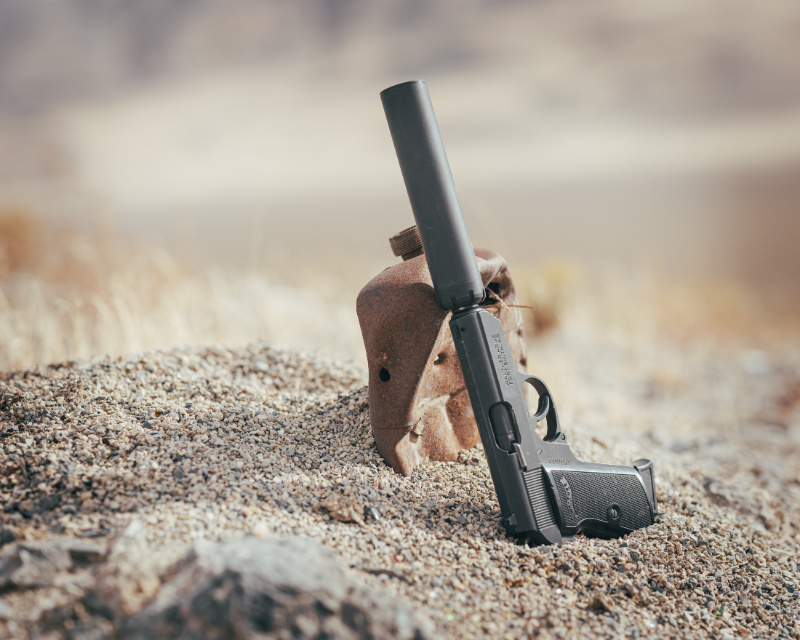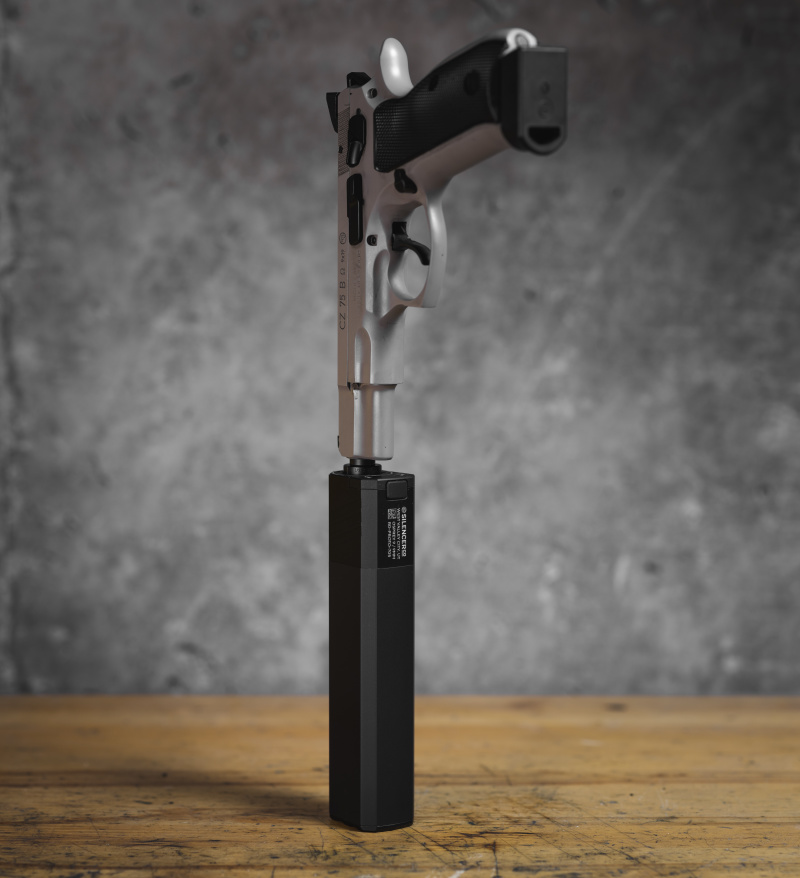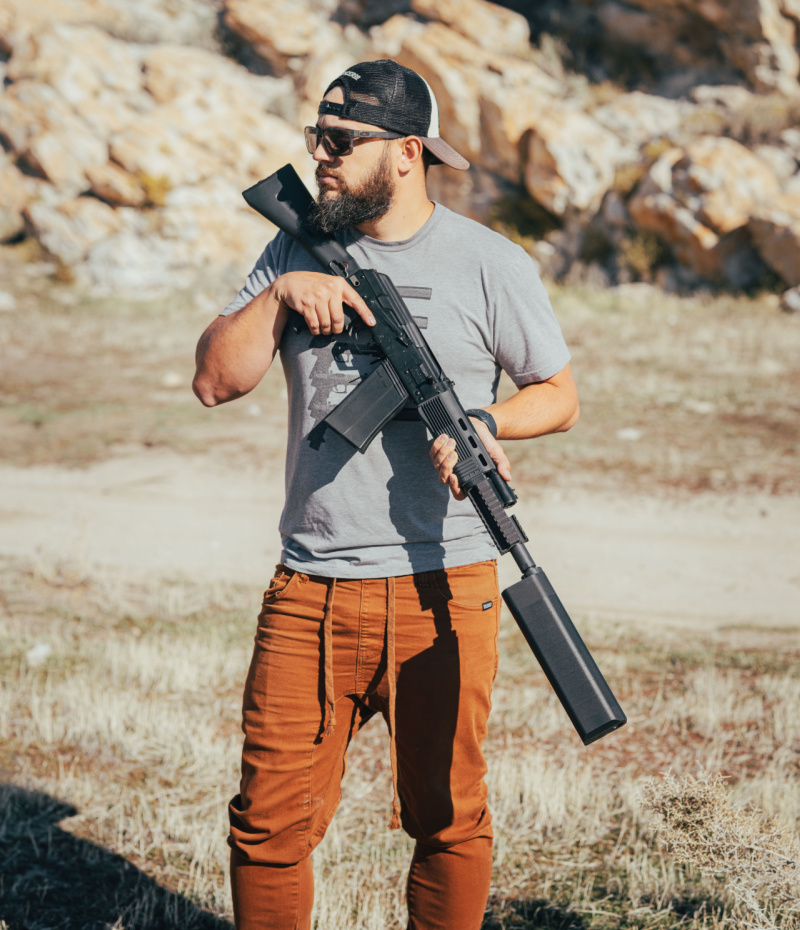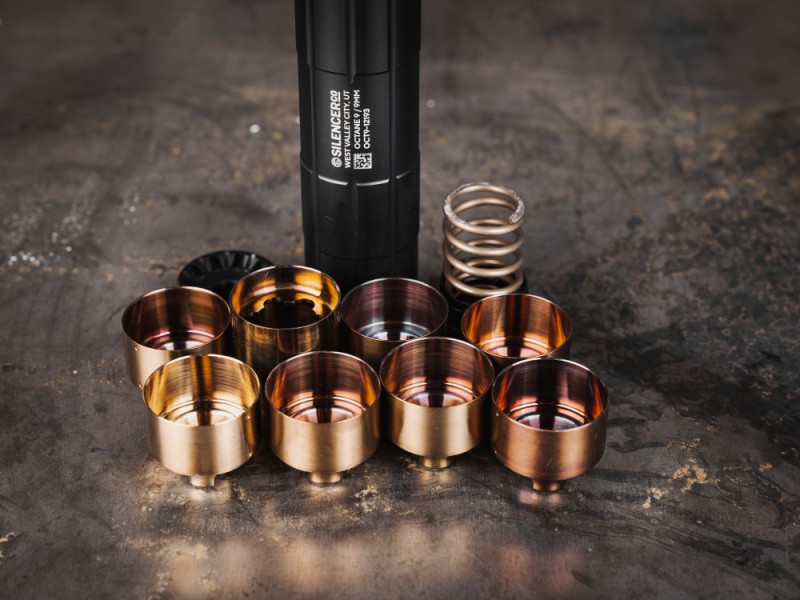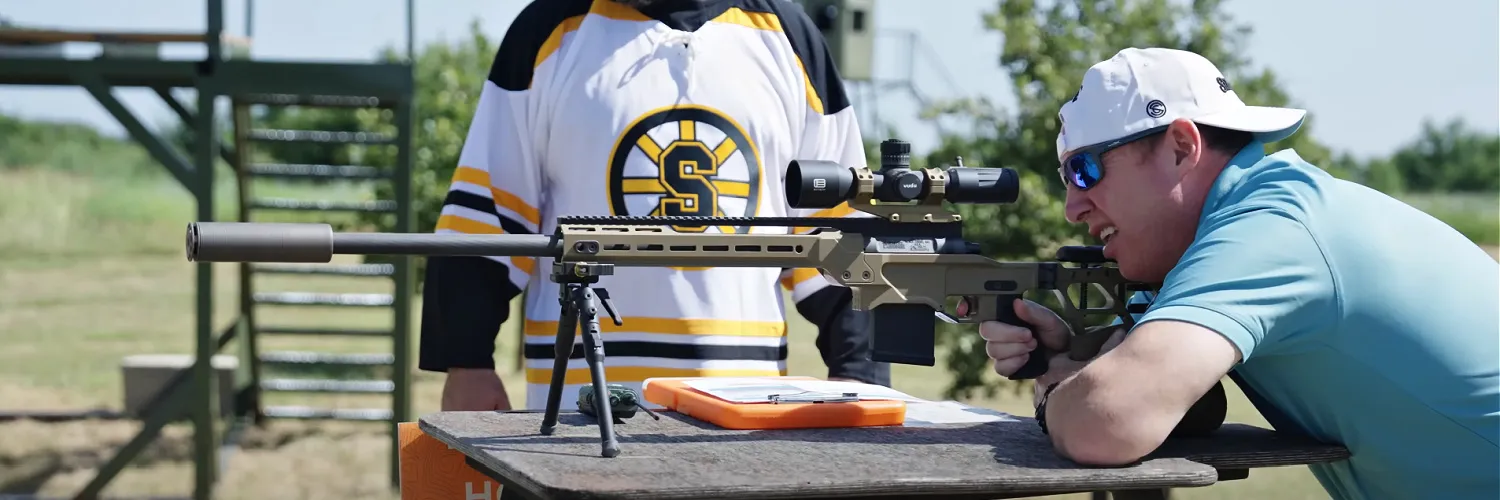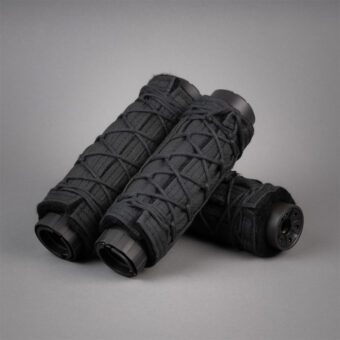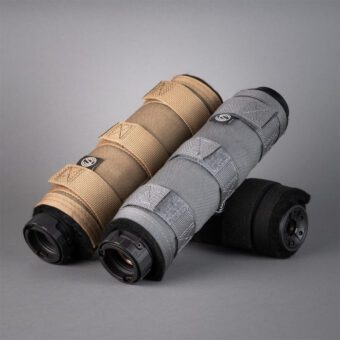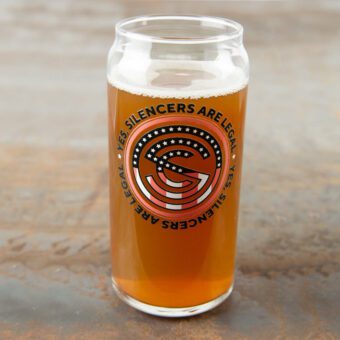Home / All About Silencers / Types of Suppressors
Types of Suppressors
Types of Suppressors
Home / All About Silencers / Types of Suppressors
Travis Pike
Suppressors, silencers, cans, regardless of what you call them, it’s smart to know a thing or two about them. This article covers the various types of suppressors, the types of baffles, and the two main suppressor designs, so you can make an informed decision when choosing a silencer for your needs.
When we start talking about the different kinds of suppressors, it’s easy to get lost in the weeds. Suppressors are made from a variety of different materials, at different lengths, and with different overall shapes.
Today we are going to focus on essential differences. Some materials are lighter than others, and the Osprey’s shape allows you to use standard height sights versus a round suppressor, but those are small differences. Let’s talk about the major differences between the different types of suppressors.
How many types of suppressors are there?
There are four main types of suppressors: rimfire, pistol, rifle, and shotgun. You can’t just buy one suppressor and expect it to operate perfectly on every platform. With the wide variety of firearms out there, suppressors must also vary in design and function to be able to accommodate them correctly.
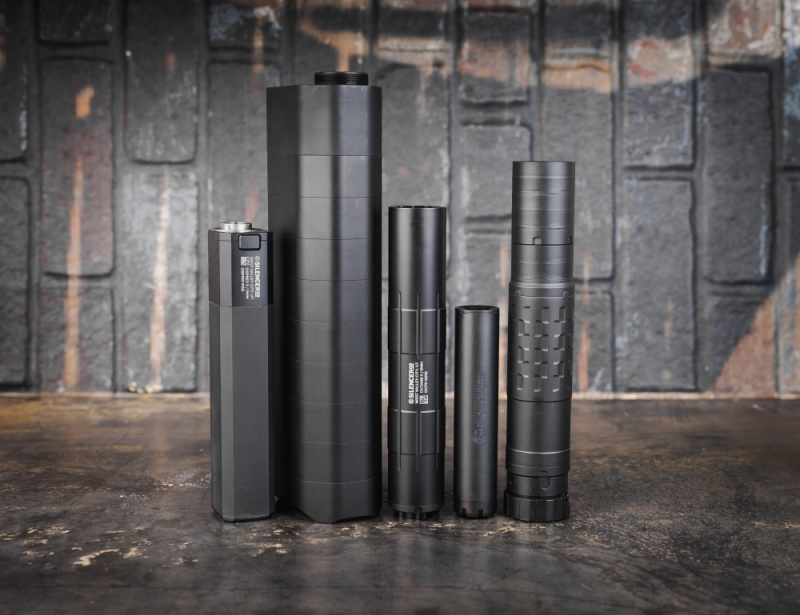
Rimfire Suppressors
Rimfire suppressors are designed for calibers like .22LR, .22 Magnum, and .17 HMR. They are relatively lower powered compared to centerfire calibers. This allows rimfire suppressors to be easy to make, lightweight, and affordable. Rimfire suppressors can be used for any rimfire rifles and pistols.
Rimfire suppressors cannot typically be used on centerfire cartridges due to pressure differences. However, suppressors like the well made and expertly engineered Sparrow can be used with rimfire rounds and with the centerfire 5.7x28mm. Not all cans can do handle both rimfire and centerfire, so make sure you check the specs before making a purchase.
Pistol Suppressors
Pistol suppressors tend to try and strike a balance between size, efficiency, and sound suppression. Handguns are small weapons, and having 18 inches hanging off the end of your silenced pistol doesn’t make much sense. Suppressors for handguns should be lightweight to keep the firearm balanced.
Pistol suppressors are designed around handgun ammunition, which tend to be lower-powered rounds. Less power means less overall sound, and this helps reduce weight and length for suppressors while ensuring proper sound suppression. Pistol suppressors are not appropriate for centerfire rifle ammunition typically. They can handle rimfire rifle ammunition, and some of the best pistol suppressors can even handle subsonic .300 Blackout. One of the best pistol suppressors is the Osprey 2.0, with its low profile shape and innovative button indexing design.
Rifle Suppressors
Rifle suppressors are the apex predators of the suppressor family. With so many tasks, most rifle suppressors are specialized. Rifle calibers range from the intermediate 5.56 to the massive .50 BMG, and you can’t expect one suppressor to do it all. Luckily, there is a suppressor for every rifle, and for any task.
Rifle suppressors tend to come in a variety of sizes and weights. It’s often dependent on the weapon’s caliber and the degree of suppression you are looking to achieve. Rifle suppressors can be used on handguns and rimfire rifles, depending on caliber. A 5.56 on a 9mm will result in a destructive event, so avoid trying to mix and match bore diameters. One of the best options to cover multiple rifles and calibers is the Hybrid 46M.
Shotgun Suppressors
Shotguns are tricky, and for quite some time, suppressors on shotguns were extremely rare. Shotgun suppressors have to be quite large and bulky due to shotgun ammunition. Multiple projectiles coming out the end of a barrel means they need room to travel without striking a suppressor’s baffles. Shotgun suppressors are designed only for shotguns and cannot be used with any other type of firearm.
The Salvo 12 shotgun suppressor is an impressive feat of engineering. The shotgun suppressor makes hunting and skeet shooting a lot quieter while still being capable of tactical applications.
What are Suppressor Baffles and how do they work?
Baffles are the internal components of silencers that trap explosive gas and convert the noise into heat. In short, baffles are what turn a BOOM into a pew when firing through a suppressor. There are three different baffle types worth noting.
Wipes
Wipes are a type of disposable baffle typically made from a polymer material. They tend to only last for a short period of gunfire before you lose effective suppression. With the ATF declaring wipes as silencer parts, they have largely fallen out of favor. Their main benefit is providing a very affordable suppressor.
Monocore
A monocore baffle stack is a single piece of metal that makes up a series of baffles. This core sits inside the suppressor tube and is often easily removable. They work quite well for lower-powered rounds, especially in the rimfire world. Suppressors like the Sparrow 22 are an example of a monocore baffle stack.
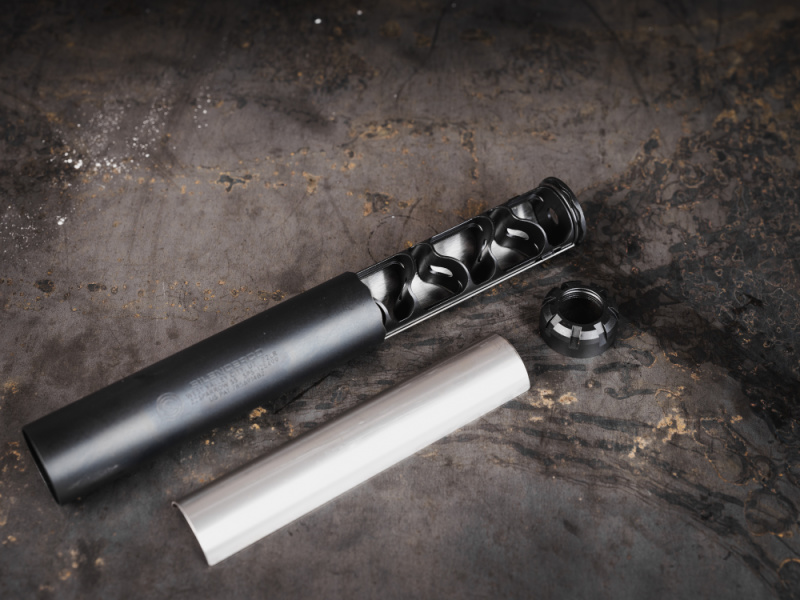
The downsides include being harder to clean and losing some modularity. Monocores don’t work exceptionally well with magnum-powered rifle rounds unless you use a longer, heavier suppressor.
Stacked Baffles
Stacked baffles allow the user to separate each and every baffle from the other. This creates a stack of baffles that sit together inside the suppressor’s main body. This design allows for very easy cleaning, as well as a greater degree of modularity. Suppressors like the Octane 9 and 45 make use of a stacked baffle system.
What are Fixed and Modular Suppressors, and how do they work?
Fixed suppressors are suppressors that cannot be modified for length or weight but tend to perform better overall. Modular silencers can be adapted for specific use by varying the length and weight of the suppressor but tend to trade a bit of performance for utility. Modern suppressor technology has allowed manufacturers to give shooters a greater level of control over their suppressors. Here is why you would choose fixed or modular suppressors:
Fixed
A fixed suppressor remains one size all the time. Fixed suppressors cannot change length or increase or reduce the number of baffles in the silencer. The main benefit of this design is efficiency and affordability. Suppressors like the Osprey 2.0 are fixed suppressors.
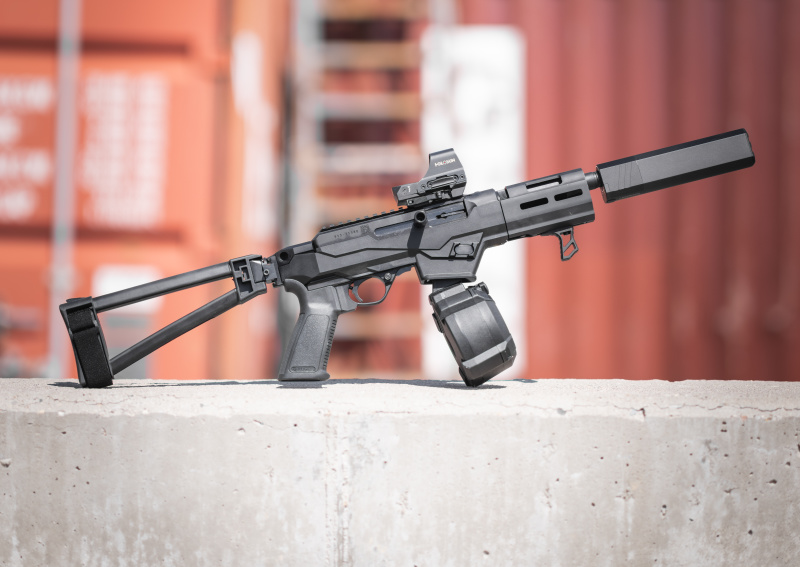
Modular
Modular suppressors allow the user to reduce or increase the overall length and weight of the suppressor, often minimally affecting the performance of suppression. Sometimes a longer suppressor can feel clumsy in close quarters, so having the option to shorten it is tactically beneficial. Other times you may want to maximize suppression, making the full length option optimal. The SilencerCo Hybrid 46M is an example of a modular suppressor.
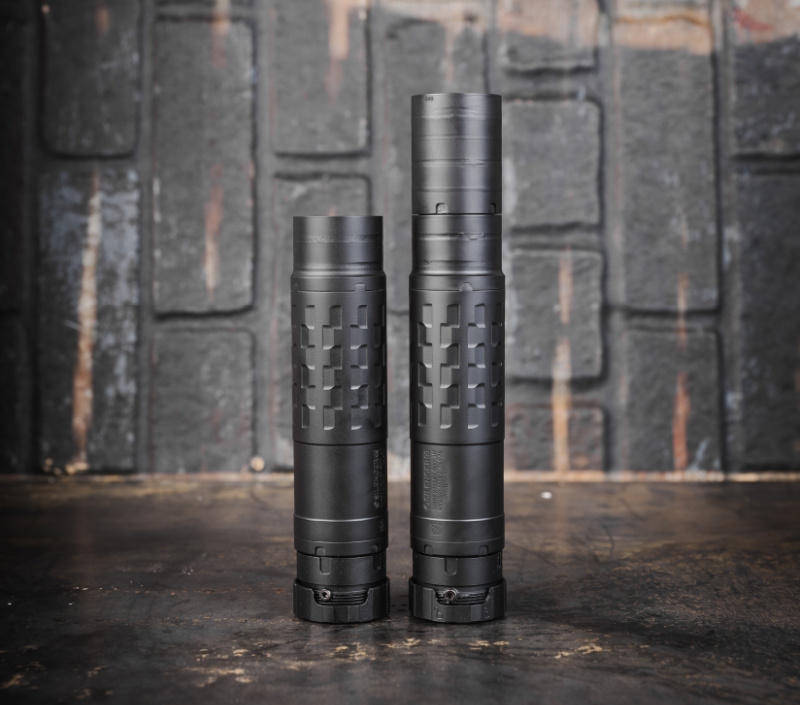
In Summary
We’ve covered a wide variety of suppressor types without getting too far into the weeds. After reading this article, you should have a good idea of the types of silencers and designs that would benefit you best for your firearms, your budget, and your goals.
Shop smart, shop SilencerCo.


